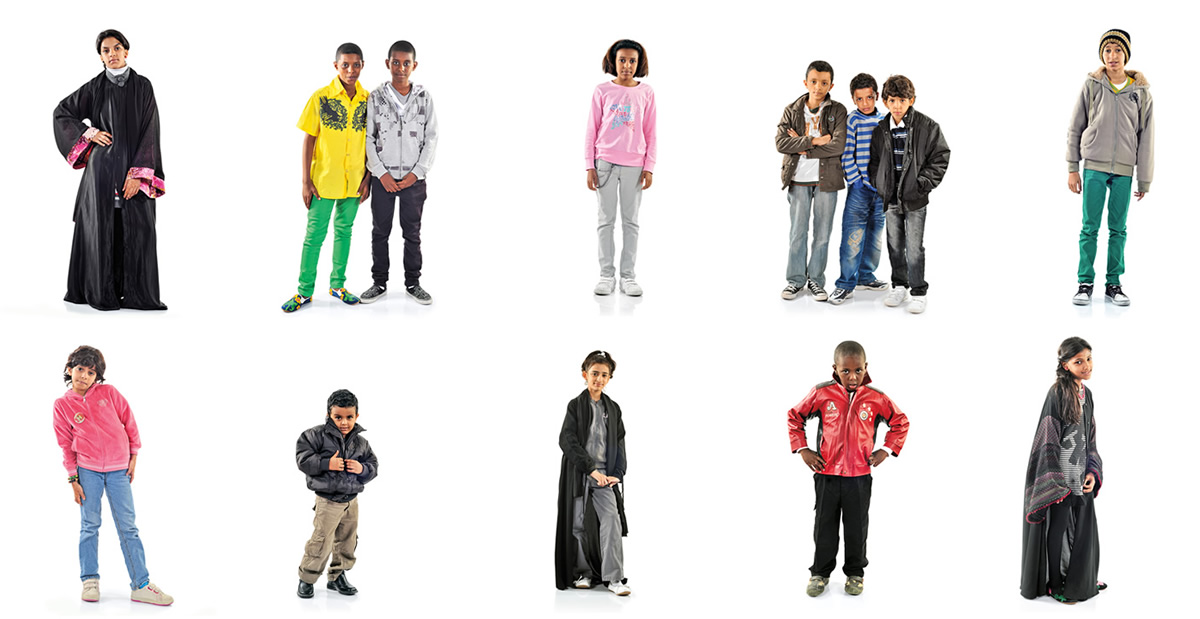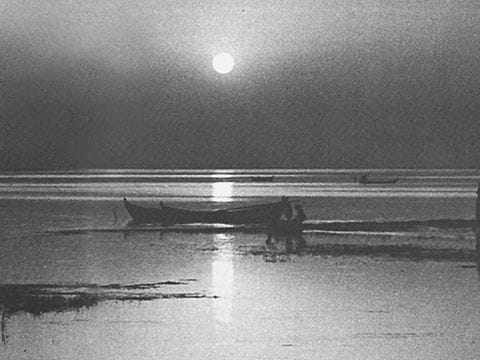
FirstLook: Youth of the Nation
For a week in December 2009, Abduljalil and I created a studio-style “photo booth” for kids at the Saudi Aramco Oil Exhibit Eid Program in Dhahran, Saudi Arabia.
For a week in December 2009, Abduljalil and I created a studio-style “photo booth” for kids at the Saudi Aramco Oil Exhibit Eid Program in Dhahran, Saudi Arabia. We not only displayed the technical side of photography, but also created a friendly space where interactions with our subjects felt purposeful, public and casual. The kids who wanted to have their photo taken sat and watched us work while waiting for their turn to spend 30 seconds to several minutes in front of the camera. Afterward, we gave everyone a small print. At times, the energy felt exponential, as the boldness of one inspired the next. The less serious the process was, the more open each kid became.
We took thousands of photos. In most cases, I did not direct at all. These kids knew how they wanted to present themselves. When I sat down and started to look thoughtfully at the results, I found myself drawn to the confidence and vulnerability that so many of these kids, who came from all over Saudi Arabia, shared so eagerly. I saw that together, the images revealed something more: partly the awkwardness of youth, and partly the reflection of a diverse society as it moves toward the future—a future full of expression.
—Ayesha Malik
About the Author
You may also be interested in...

Saudi Photographer Captures Aswan's Nubian Heritage
Arts
As a Saudi photographer with a passion for cultural, human and heritage themes around the world, I strive to make my images windows to the past as well as reflections of the present. When I came across this guesthouse on a visit to Aswan, Egypt, I was taken back to 3000 BCE to ancient Nubia.
Discovering Life and Architecture in Iraqi Marshes
History
Arts
Amidst "the stillness of a world that never knew an engine... he found at last a life he longed to know and share.
FirstLook: Poetic Fusion
Arts
Prior to our modern practice of image manipulation with editing software, photographers worked more with planned intention and craft.